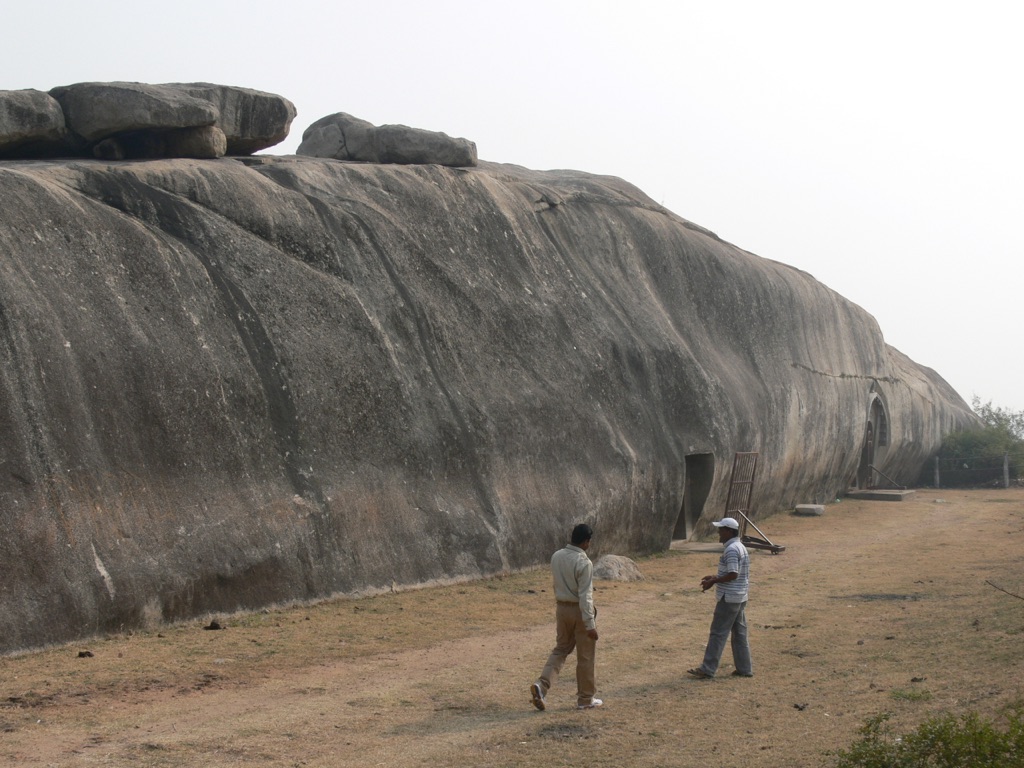The Barabar Rock Cut Caves are an ancient complex of caves located in the Jehanabad district of Bihar, India. Carved out of granite, these caves are renowned for their historical significance and intricate architecture. They are the oldest surviving rock-cut caves in India, with inscriptions and architectural features that provide valuable insights into the religious and social practices of the time. The caves were used by ascetics from the Ajivika sect, which was once a major religion during the Mauryan era. The Barabar Caves are a testament to the skill and artistry of ancient Indian craftsmen and hold a special place in the study of Indian history and architecture.
Get your dose of History via Email
Historical Background of Barabar Rock Cut Caves
The Barabar Rock Cut Caves were discovered in the modern era by British officer Captain Burt in the 18th century. However, their history dates back to the Mauryan period, around the 3rd century BCE. Emperor Ashoka and his grandson, Dasaratha Maurya, commissioned these caves. They were dedicated to the Ajivika sect, a contemporary of early Jainism and Buddhism. The caves later fell into obscurity and were rediscovered, bringing to light their historical importance.
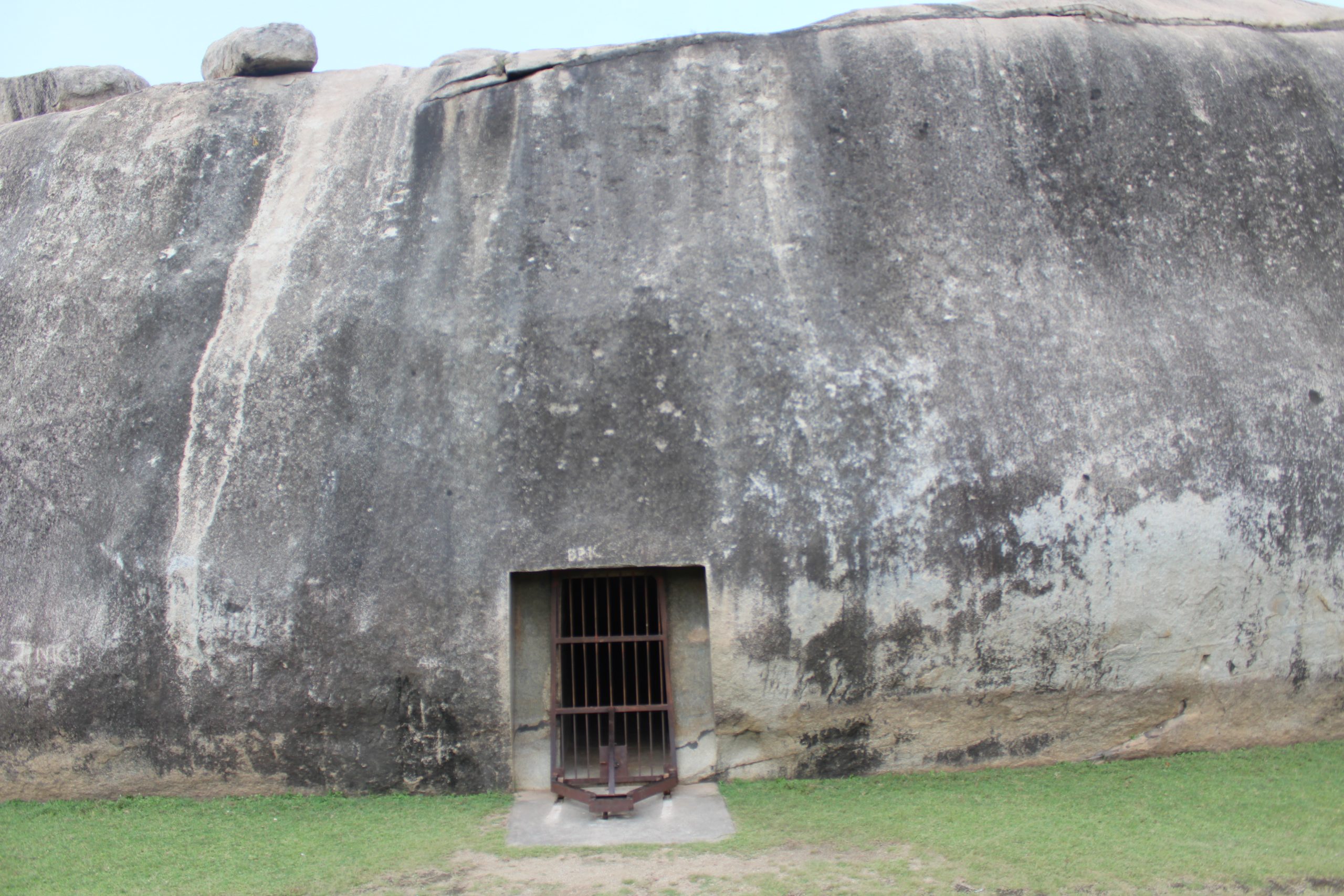
The caves were carved out of granite cliffs and are known for their polished interiors, which resemble the finish of Ashokan pillars. The Barabar Caves consist of four main caves: Lomas Rishi, Sudama, Karan Chaupar, and Visva Zopri. Each cave has its unique architectural elements and inscriptions that provide a glimpse into the era’s religious and social fabric.
The Ajivika sect, which once inhabited these caves, was a significant religious group during the Mauryan empire. The sect is now extinct, but the caves serve as a reminder of their existence and influence. The caves were not only religious retreats but also served as important meeting places for the Ajivikas. The inscriptions found within the caves are some of the earliest examples of the use of the Brahmi script in India.
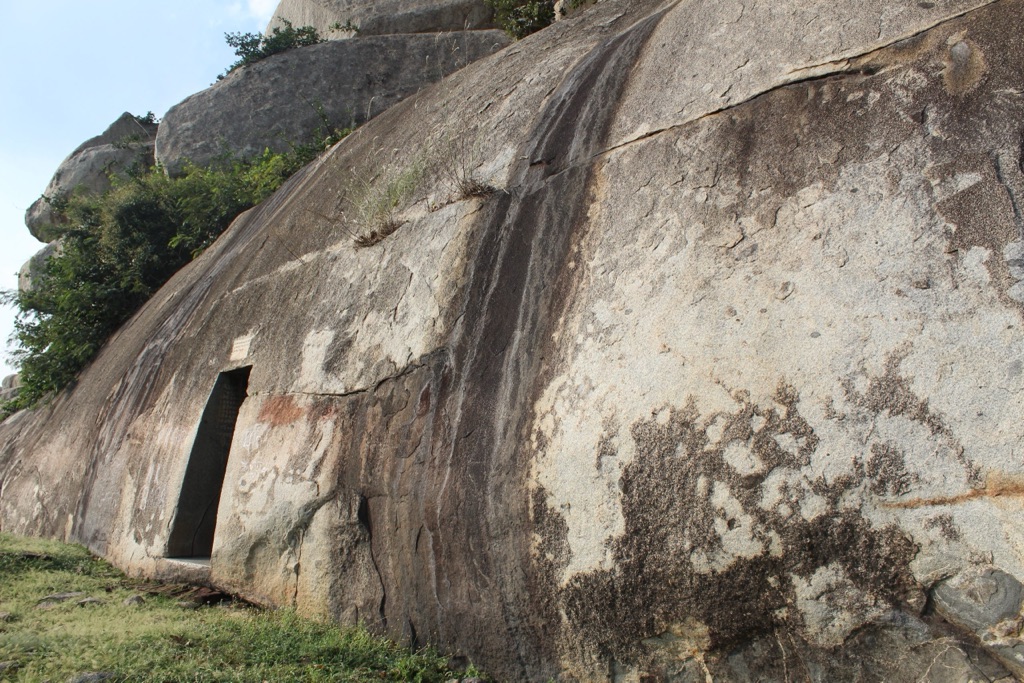
The Barabar Caves have also been a scene of historical importance. They have been mentioned in the accounts of Megasthenes, the Greek ambassador to the Mauryan court. The caves have stood the test of time and have witnessed the rise and fall of empires, serving as a silent witness to the changing dynamics of Indian history.
Despite their ancient origins, the caves remain in remarkable condition. They continue to attract historians, archaeologists, and tourists alike. The Barabar Caves are not just a set of ancient structures but a significant historical site that offers insights into India’s past.
About Barabar Rock Cut Caves
The Barabar Rock Cut Caves are a group of four caves, each with its distinct architectural style and religious significance. The caves are known for their high degree of polish, similar to the famous Mauryan sculptures. The interiors are smooth and reflective, a feature that is quite unique to this ancient site.
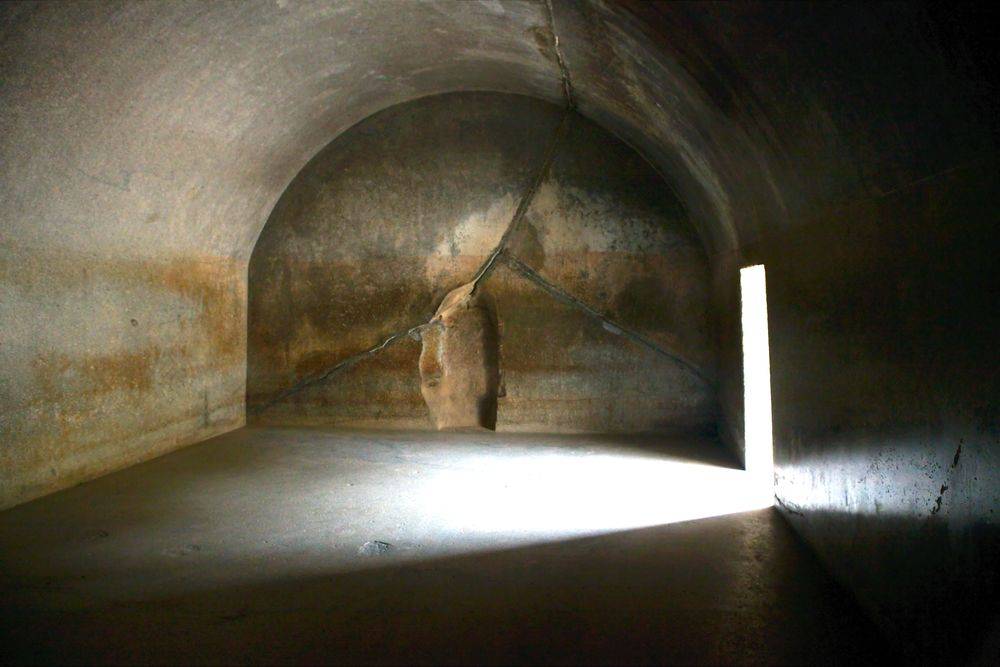
The Lomas Rishi Cave, the most famous among the Barabar Caves, features an ornate facade with an arch-shaped entrance that resembles a wooden hut. This design is a replication of the wooden architecture that was prevalent during the period. Inside, there is a vaulted chamber with a rectangular hall, which likely served as a sanctuary.
Sudama Cave, the oldest of the group, has a simple and more austere design. It consists of a single rectangular room with a polished interior. The cave has an inscription that attributes its construction to Emperor Ashoka, making it a significant historical record.
Karan Chaupar is a single rectangular room with a plain entrance. Unlike the other caves, it lacks the detailed carvings and polish but still holds historical value. Visva Zopri, the fourth cave, is similar in design to Sudama and is also attributed to Ashoka’s grandson, Dasaratha.
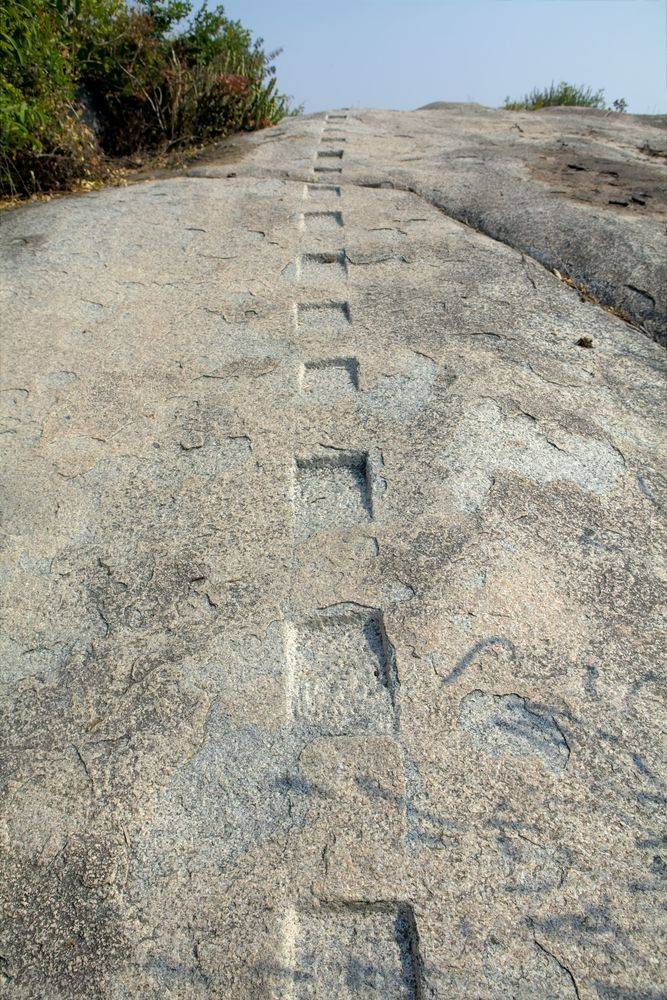
The caves were constructed using the ‘chisel and hammer’ technique, which was quite advanced for its time. The artisans achieved the mirror-like polish on the walls by continuously rubbing them with a mixture of clay and water. This technique was not only labor-intensive but also showcased the high level of skill possessed by the craftsmen.
Theories and Interpretations
The Barabar Rock Cut Caves have been the subject of various theories and interpretations over the years. The most widely accepted theory is that these caves were used for religious purposes, primarily by the Ajivika sect. The smooth interiors are thought to have enhanced the acoustic properties of the caves, aiding in meditation and chanting.
Some scholars believe that the caves may have served as a form of ancient rest house for travelers and pilgrims. This theory is supported by the location of the caves along ancient trade routes. However, the presence of religious inscriptions and the association with Emperor Ashoka lend more weight to their religious significance.
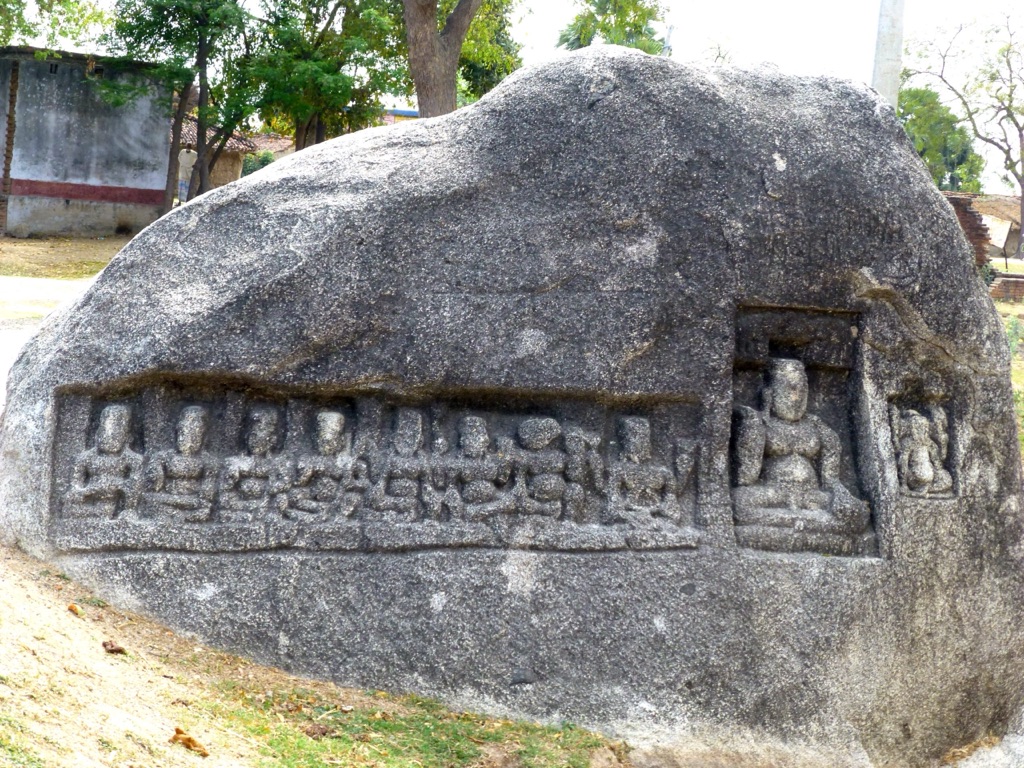
There are mysteries surrounding the Barabar Caves, such as the purpose of the highly polished surfaces. Some suggest that this was intended to reflect light and create a specific atmosphere within the caves. Others believe it was simply an aesthetic choice or a display of craftsmanship.
Historians have matched the inscriptions found in the caves to historical records from the Mauryan period. These inscriptions have been crucial in understanding the patronage and the religious leanings of the Mauryan rulers. Radiocarbon dating and other archaeological methods have not been extensively applied to the caves, but the inscriptions provide a reliable dating method.
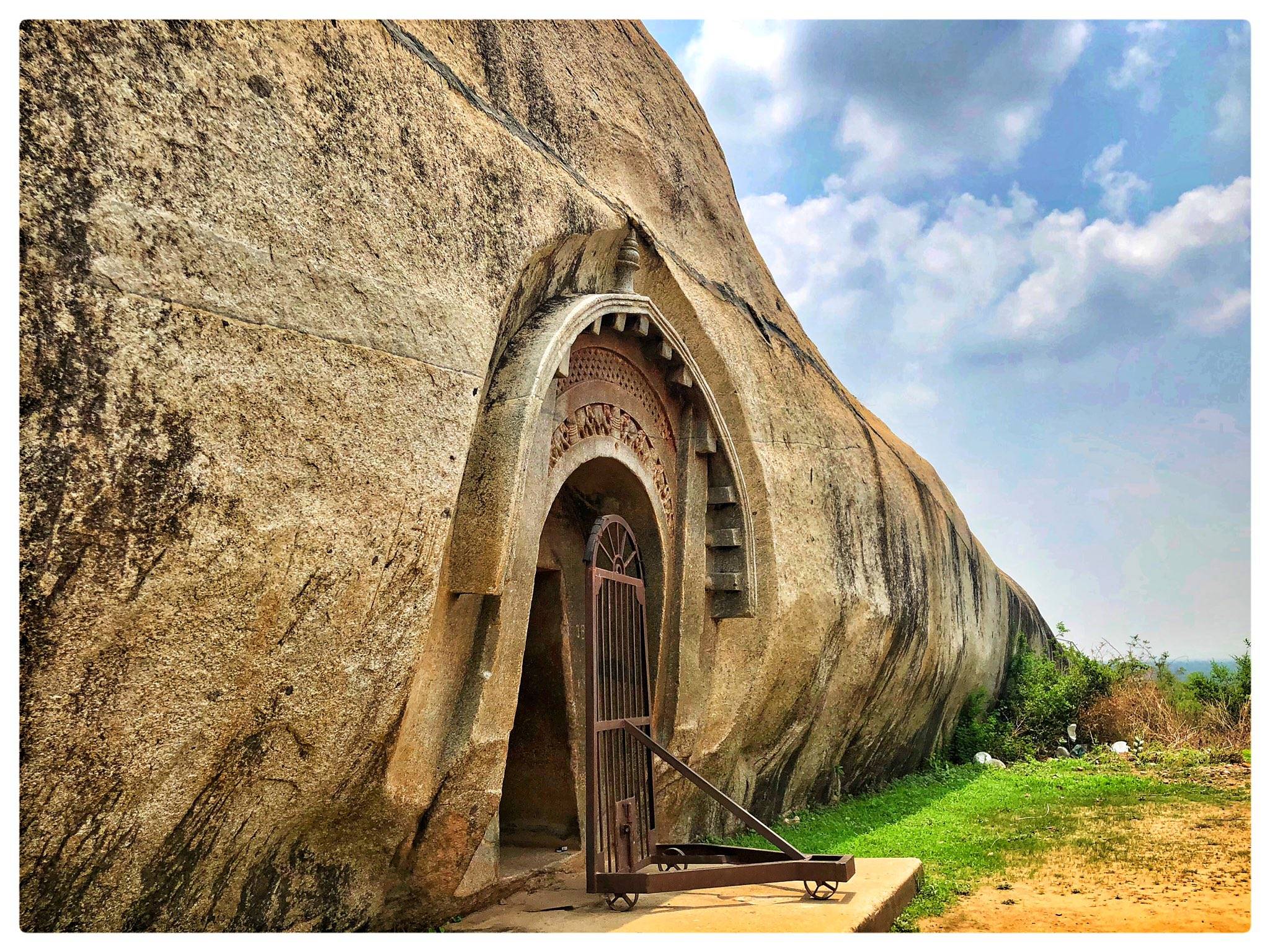
The Barabar Caves continue to be a subject of study, with new interpretations and theories emerging as scholars delve deeper into their history. The caves’ architecture and inscriptions provide a rich source of information for understanding the religious and social dynamics of ancient India.
At a glance
Country: India
Civilization: Mauryan Empire
Age: 3rd century BC

